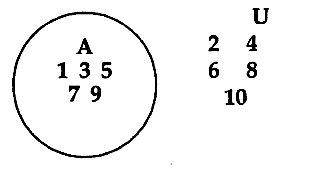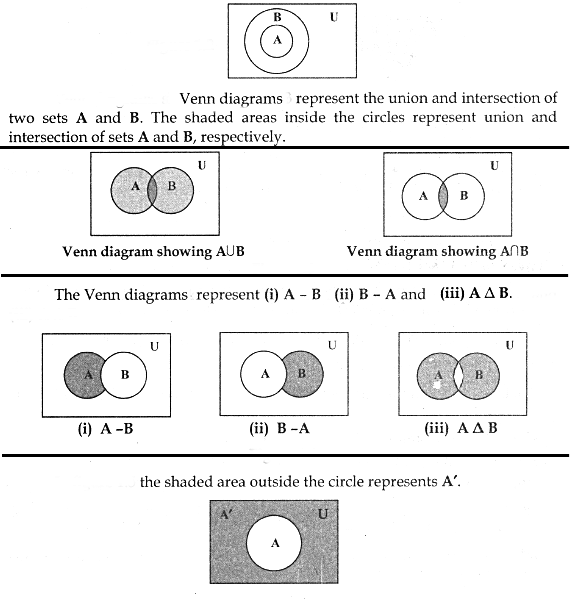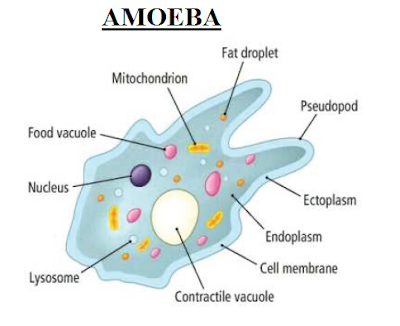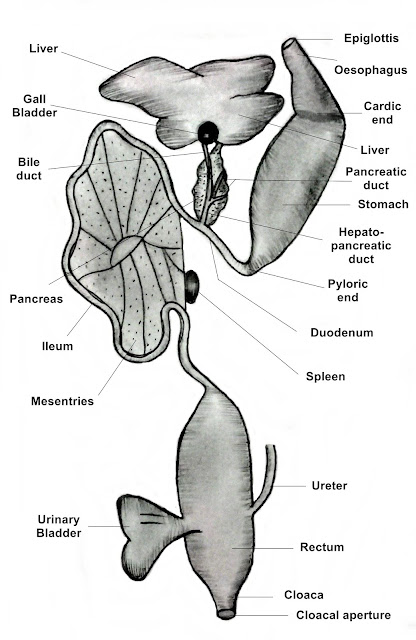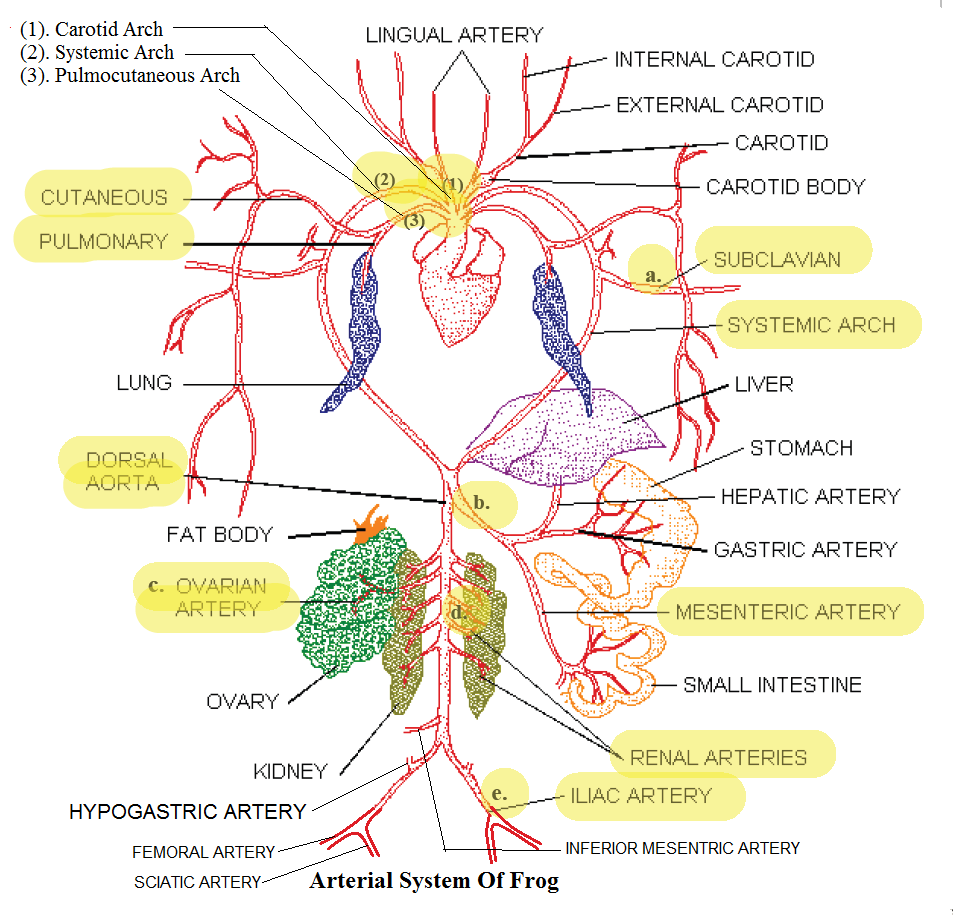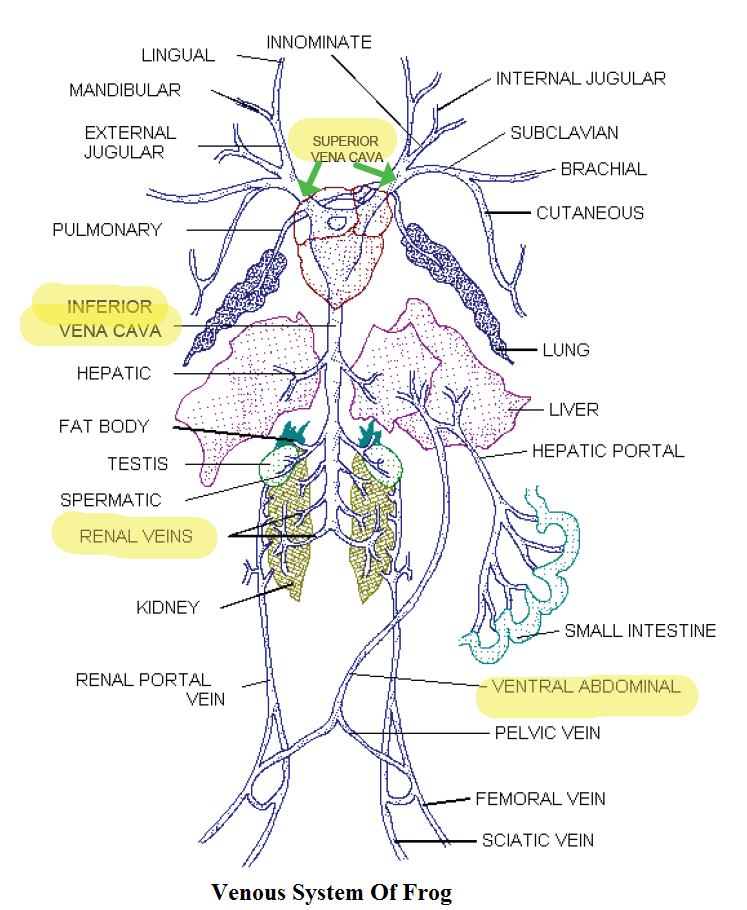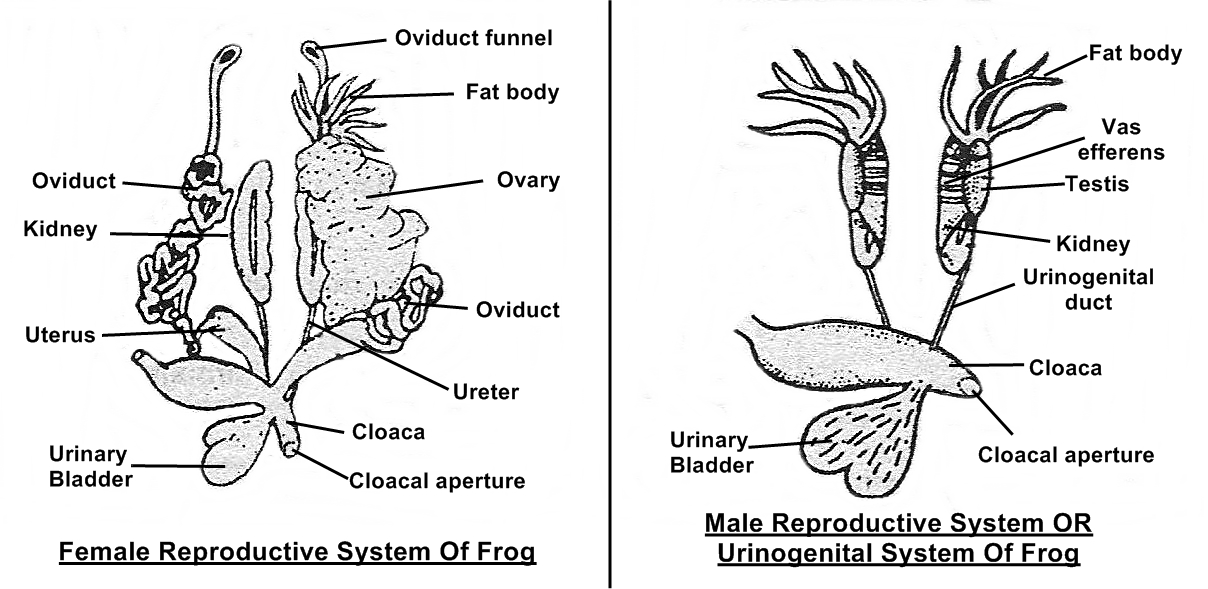GO TO INDEX
The Last Sermon Of Holy Prophet (P.B.U.H)
TEXT BOOK EXERCISE 1.1 - 1.3
UNIT 1.1 READING COMPREHENSION
While Reading
Exercise 1:
Read the text and tick (✔) the correct answer.
1. The text is about:
a) The battles of Islam.
b) The family of Prophet Muhammad (P.B.U.H).
c) The migration and teachings of Prophet Muhammad (P.B.U.H).
d) The last pilgrimage. ✔
2. Which of the following message is mentioned in the Last Sermon, as given in the text:
a) People should not hurt others.
b) Both men and women have rights over each other.
c) Muslims are a part of one brotherhood.
d) All of the above. ✔
Vocabulary
Exercise 2:
Note: Read chapter in text book and underline Following words:
Write down meanings of the following words.
ancestors, migrate, aggressive, hypocrites, pagans, harmony, prohibited, alliance, unified, consolidated, astray, beware, superiority, piety, legitimate, equitable, meritocracy, principle
| S.NO. | Words | Meanings |
|---|---|---|
| 1. | Aggressive | Likely to attack. |
| 2. | Alliance | A kind of working relationship, Union |
| 3. | Ancestors | Family members who were before the grandparents, Forefather |
| 4. | Astray | Away from the correct path or direction. |
| 5. | Beware | Be careful, Be cautious and alert. |
| 6. | Consolidated | Make secure or strong. |
| 7. | Equitable | Fair and just. |
| 8. | Harmony | Understanding and accepting each other's thought and feelings. |
| 9. | Hypocrites | People who pretend to be what they are not. |
| 10. | Legitimate | According to the rules and laws. |
| 11. | Meritocracy | Giving awards and positions to people according to their capability and performance. |
| 12. | Migrate | To move from one place to go or live in another place. |
| 13. | Pagans | People who do not believe in any of the main religions of the world. |
| 14. | Piety | Strictly following the teachings of one's religion. |
| 15. | Principle | A rule for behaving in a certain way. |
| 16. | Prohibited | Did not allow doing something. |
| 17. | Superiority | To be higher in rank or position. |
| 18. | Unified | Linked people together. |
Exercise 3:
Use above words in your own sentences:
| S.NO. | Words | Meanings |
|---|---|---|
| 1. | Aggressive | Watching violence on TV makes some children more aggressive. |
| 2. | Alliance | States seek to become stronger through alliance. Or In the World War II, Germany made an alliance with Italy. |
| 3. | Ancestors | His ancestors came from Turkey. Or My ancestors came to Lahore during 1800s. |
| 4. | Astray | His brother was led astray by bad companions. Or The boy was led astray by bad companions. |
| 5. | Beware | Motorists were warned to beware of slippery conditions after rain. Or Beware of pickpockets while roaming in shopping markets. |
| 6. | Consolidated | The two firms consolidated to form a single company. Or The company has consolidated its position as the country's leading gas supplier. |
| 7. | Equitable | Government established an organization for a more equitable distribution of wealth and power among poor. Or Each person must have an equitable share. |
| 8. | Harmony | They worked in perfect harmony. Or I try to live in harmony with nature. |
| 9. | Hypocrites | She likes straight talk and hates hypocrites. Or They are such hypocrites that they never practise what they preach. |
| 10. | Legitimate | He had a legitimate reason for being late. Or Their business operations are perfectly legitimate. |
| 11. | Meritocracy | The teachers believes that the educational system should be a meritocracy. Or The theory assumes the existence of a "meritocracy" means that there is equal opportunity for all. |
| 12. | Migrate | In winter season, mostly birds migrate to warm places. |
| 13. | Pagans | People who worship money only are also consider as pagans. Or The pagans had statues of gods and places of sacrifice. |
| 14. | Piety | King Solomon was famous for his wealth, wisdom and piety. Or Two old men touches our hearts and teaches us what true piety. |
| 15. | Principle | He was a man of principle and good to his word. |
| 16. | Prohibited | Smoking is injurious for health and strictly prohibited. Or Smoking in this hotel is strictly prohibited. |
| 17. | Superiority | Being an administrator doesn't give any one superiority on others. Or Her sense of superiority makes her very unpopular. |
| 18. | Unified | An effective and unified system of rules and regulations is the real cure to corruption. Or The couple made a unified decision to buy the house they both liked the best. |
Exercise 4:
Read the text and answer the following questions by circling the right answer.
1. How did the Quraish treat the Holy Prophet (P.B.U.H) They?
a. favoured him.
b. opposed him.
c. loved him.
d. criticized him.
2. When did the Holy Prophet (P.B.U.H) migrate to Madina?
a. 620 A.D.
b. 621 A.D.
c. 622 A.D.
d. 623 A.D.
3. When the Holy Prophet (P.B.U.H) settled in Madina, which of the following groups of people lived there?
a. Muslims and Jews
b. Muslims, pagans and Jews
c. Muslims, pagans, hypocrites and Jews
d. Muslims, hypocrites and Jews
4. Where did the Holy Prophet (P.B.U.H) deliver his last sermon?
a. Quba mosque
b. Uranah valley
c. Jabal-e- Rehmat
d. Hudebia
5. When did the Holy Prophet (P.B.U.H) perform his last Hajj?
a. 06th year of Hijra
b. 08th year of Hijra
c. 10th year of Hijra
d. 12th year of Hijra
Exercise 5:
Read the text and find out whether the statements are right or wrong. Tick the appropriate column. One has been done for you as an example.
Note: We have marked statement no.3 answer as right. but according to book there is a bit confusion in statement no.3.
| S.NO. | Statements | Right | Wrong |
|---|---|---|---|
| 1. | The mission of the Prophet (P.B.U.H) continued for 23 years. | ✓ | |
| 2. | All the Quraish refused to accept Islam. | ✓ | |
| 3. | The City of Yathrib was less than 320 miles away from Makkah. | ✓ | |
| 4. | The Holy Prophet (P.B.U.H) decided to build a mosque at a place outside Yathrib before entering the city. | ✓ | |
| 5. | Today, Yathrib is called Madinat an-Nabi. | ✓ | |
| 6. | The people of Madina agreed that Prophet Muhammad (P.B.U.H) should settle their disputes. | ✓ | |
| 7. | The Holy Prophet (P.B.U.H) addressed such a large gathering of Muslims for the last time at Arafat. | ✓ | |
| 8. | Islam has different laws for the black and for the white people. | ✓ | |
| 9. | All human beings are children of Adam and Adam was created from dust. | ✓ | |
| 10. | Only the people who heard the last sermon were supposed to follow it. | ✓ | |
| 11. | Before the advent of Islam, Quraish used to worship idols and did not believe in one God. | ✓ | |
| 12. | After twelve days' journey, the Holy Prophet (P.B.U.H) reached the outskirts of Yathrib. | ✓ | |
| 13. | The farewell pilgrimage is one of the most significant historical event for the Muslims. | ✓ | |
| 14. | The noblest of you in Allah's sight is the most God-fearing. | ✓ | |
| 15. | Everything is legitimate to a Muslims which belongs to a fellow Muslim. | ✓ |
Post Reading
Exercise 6:
The table has messages from the Last Sermon of the Holy Prophet (S.A.W). The first part of the sentence is given in column A and the second part is given in column B, in a jumbled order. Read the text, match the part in column A with the correct part in column B and write the answer in column C. The first one has been done for you as an example.
| S.NO. | Column A | Column B | C |
|---|---|---|---|
| 1. | Only those people were superior | a) to the people to whom they belong. | 1, f |
| 2. | All Muslims were tied to each other | b) that were based on blood and wealth were useless. | 2, g |
| 3. | The only thing that made one person better than the other | c) you may get hurt in return. | 3, j |
| 4. | No Muslim had a right to things belonging to other Muslims | d) have rights over each other. | 4, i |
| 5. | Satan will try to misguide you in small matters | e) as a sacred trust. | 5, h |
| 6. | Therefore, all claims to superiority | f) who led a righteous life. | 6, b |
| 7. | Return all things kept with you in trust | g) in the bond of brotherhood. | 7, a |
| 8. | Both men and women | h) so be careful. | 8, d |
| 9. | If you will hurt others | i) unless they gave these of their own free will. | 9, c |
| 10. | Consider the life and property of every Muslim | j) was the goodness with which they led their lives. | 10, e |
Exercise 7:
Work in pairs and complete the following statements. Write the complete sentences in your notebook.
1. Most of the Quraish refused to accept Islam because they thought that the Holy Prophet (P.B.U.H) was against their gods and the ancestors.
2. The day the Prophet Muhammad (P.B.U.H) entered Yathrib, marks the start of the Islamic Calendar.
3. The Holy Prophet (P.B.U.H) invited the leaders of all the communities living in Madina to discuss harmony and peace among them.
4. The three main points of the Charter of Madina were :
- It mentioned the rights and duties of the Muslims and the Jews of Madina, gave freedom of religion.
- Prohibited any alliance with the outside enemies.
- It also declared that any dispute would be referred to Prophet Muhammad (P.B.U.H) for settlement.
- He unified the different Arab tribes under Islam,
- Carried out social and religious reforms, and
- Administrative developments
- It was the first and last pilgrimage made by Prophet Muhammad (P.B.U.H),
- It was an occasion when he taught Muslims how to perform the Hajj.
- Moreover, it was during this Hajj, that he delivered his last sermon.
He said, "0 people, lend me an attentive ear, for I know not whether, after this year, I shall ever be amongst you again. Therefore, listen to what I am saying to you very carefully and take these words to those who could not be present here today."
8. The Muslims can ensure that all people get their fair share by making honesty, justice and meritocracy their guiding principle.
Exercise 8:
Work in groups as divided by the teacher. Orally discuss and then prepare a chart on one of the following topics, as assigned by the teacher.
1. The principles that the Holy Prophet (P.B.U.H) followed after migrating to Madina so that Muslims and non-Muslims could live in peace and harmony.
Ans: Forming A Constitution:
In order to ensure that all people in Madina, lived peacefully with each other, Prophet Muhammad (S.A.W) invited the leading personalities of all the communities to discuss this matter. He wanted the different groups to reach a formal agreement for harmony among the communities and for the security of the city of Madina.
He succeeded in drawing up the Constitution of Madina, also known as the Charter of Madina, through which a kind of understanding was developed among all the communities living in Madina.
Principles Of Constitutes:
It mentioned the rights and duties of the Muslims and the Jews of Madina, gave freedom of religion,
and prohibited any alliance with the outside enemies.
It also declared that any dispute would be referred to Prophet Muhammad (P.B.U.H) for settlement.
In later years, he unified the different Arab tribes under Islam, carried out social and religious reforms, and administrative developments that further consolidated the Islamic community in Madina.
2. The basic messages in the last sermon about the rights of other people and why it is important to respect them.
Ans: About the rights of other people Prophet Muhammad (P.B.U.H) said,:
"0 People! regard the life and property of every Muslim as a sacred trust. Return the goods entrusted to you to their rightful owners. Hurt no one so that no one may hurt you."
The messages conveyed in this sermon are for all times. If the Muslims follow these messages, the result will be a fair and equitable society, and no one will harm other.
3. At least five teachings, as described in the Last Sermon of the Holy Prophet (P.B.U.H), that we should practice in our daily life in order to strengthen our society.
Ans: he gave the following messages in his last sermon:
- "0 People! regard the life and property of every Muslim as a sacred trust. Return the goods entrusted to you to their rightful owners. Hurt no one so that no one may hurt you."
- "Beware of Satan, for the safety of your religion. He has lost all hope that he will ever be able to lead you astray in big things, so beware of following him in small things."
- "0 People, it is true that you have certain rights with regard to your women, but they also have rights over you."
- "All mankind is from Adam and Adam was created from dust. The noblest of you in Allah's sight is the most God-fearing. An Arab has no superiority over a non-Arab, nor does a non-Arab have any superiority over an Arab; a white has no superiority over a black, nor does a black have any superiority over a white, except by piety and good action. I, therefore, crush under my feet all the false claims to greatness and superiority founded on blood or wealth."
- "Every Muslim is a brother to every Muslim and that the Muslims constitute one brotherhood. Nothing shall be legitimate to a Muslim which belongs to a fellow Muslim unless it was given freely and willingly."
4. Some of the bad practices that we have adopted, which are against the teachings of the last sermon of the Holy Prophet (P.B.U.H), and how these are affecting our society.
Ans: Following are some of the bad practices that we have adopted, which are against the teaching of the Holy Prophet (P.B.U.H):
- We are not following Quran and Hadiths in our daily life, and straying for Islam.
- We are slave of our desires and wishes and do not think whether it is a good deed or sin.
- We treat our women badly and consider them inferior and do not give them their rights.
- We also take bribe and also take interest when lending money to people.
- We misbehave poor people and favor powerful people whether they are doing wrong.
- We tend to judge people by their physical attributes or financial status, this discrimination is the roots of human suffering and cause of war and hatred among people.
- Moreover, we have become enemies of each other and do not behave wisely.
UNIT 1.2 LISTENING AND SPEAKING
Focus: Sharing information and ideas.
Exercise 1:
Work in group as mentioned in Step A, B and C in text book exercise. ( below notes are just for idea)
Topics 1:
1. Some unfair means that students use in exams.
Ans: Types of Unfair Means of Cheating:
- Using unfair means in the form of chits, guides, question paper leak, bribed teachers or examiners etc.
- Cheating using a helping material: means cheating by book, written material found on a piece of paper, notes or material written on the student's own body such as on a hand or arm.
- Malpractices includes changing answer books, impersonation which means Another person attempts the exam in the student's place, paid candidate.
- Electronic device found during paper: Some students use electronic devices such as mobile phones which are used for calling during exam time, sending and receiving SMS, calculators mathematical-based exams such as statistics and mathematics.
- Cheating through computer: Online cases include Use USB and PDAs and digital dictionaries for cheating purposes.
- Misbehavior cases in examination room.
- Cheating involving another student.
- More males are involved in Unfair Means of Cheating than females.
2. Reasons for using unfair means in exams.
Ans: The most common reason for cheating are:
- Stress or Fear of Failure: is the main problem to cause the students cheat in exams. Their fear dwells in their parents complain about bad grades, their friends mocking and a possible dark future too.
- Lack of Self-Confidence: There are few students who have no potential of taking up the challenge of exams. Low self-esteem and lack of ability cause them to cheat. Instead of studying hard, paying attention to classes.
- Lack of Interest: Some students know that they are going to take over their father's business or follow traditional family business after their studies. For them, school is just a formality and a pass time. They find no need to study and cheating seems to be an easy way out.
- Lack of knowledge: generates cheating. When the student decides to cheat he may or may not know the material or due to lack of understanding during teaching lesson. He tries to complete the course by hook or by crook without understand the lesson.
- Cheating for Fun and Show-off: Some students cheat in exams is because enjoy taking risks. They want to be popular by showing-off their ability. For some, it is an ego issue and for some, it is a dare for a bet or otherwise.
- Availability of Sources: Technology and money facilitated cheating tools in the form of elements such as ex-students, co-students, parents, teachers, examiners, invigilators, examination staff and outside elements. They are readily available either due to money or otherwise.
- Easy Approach: Using unfair means in the form of guides, paid candidate, question paper leak, bribed teachers or examiners etc. appears to be a shortcut to hard work.
- Habitual Use: For successful cheaters, it becomes a bad habit which gives them the confidence to do it again. Such students just can't do without cheating in spite of the fear of getting caught.
- Poverty: Some students come from poor families and they are working too many hours in paid employment to cope with schoolwork. They can either study or work so an easy way out is using unfair means.
- Substance Addiction: Some have developed an addiction to drugs or alcohol. Such students have only one thing in mind and that one thing sways them away from studies.
- Anti-social Elements: Students from families having a history of violence and psychiatric problems tend to be influenced by their environment. They indulge in crime and other anti-social activities which keep them away from studies.
- Good Grades: Some students are ambitious and want good grades at all cost to get admissions in reputed college or university. They do not want to leave any chance to top and that make them to cheat in exams.
3. Impact of using unfair means in exams on students' performance.
Ans: The student uses unfair means by cheating to do the work and take the credit for it as their own without realizing the effects this behavior creates. The worst things that could happen to the student are that:
1. Lack of Knowledge:
Students would learn more by doing their own work and learning from their own mistakes. One long-term effect of cheating is that the student won’t learn anything from the work that others do, because they do not gain any knowledge.
2. Fail to accomplish their goals:
The cheaters would not be able to accomplish their goals and would never have the creativity to do something on their own, they are used to having someone else doing the work for them. Their will power fail to accomplish something by their own.
3. Moral values are decreasing:
Cheaters not only are students who cheat successfully more likely to cheat again, but as they cheat more frequently they rationalize their cheating to ease their consciences. Habitually, they will enjoy cheat others without heaving the concept of right and wrong.
4. Self deceptions:
Such students who cheat begin to value grades only for the grades themselves and not for the education they deceive their selves. They are temporary achieving that success which is not long lasting.
5. Inability to Advance Academically:
Colleges and universities each have their own academic integrity policies, and many are severe. If student progress to next class by cheating but he will not able to cover higher education and always looking for some one to do his work.
6. Personal Trust:
If word gets out that you're a cheater, it could affect how much the people around you trust you. Not only school officials but people in your personal life as well: parents, siblings, friends and significant others do not trust on you. Because your willingness to cheat says your ethics have a limit.
Conclusion:
Finally, if a student is caught cheating the consequences is always crucial. When the student is caught cheating he will face the failure of the exam or even failure of the course, or expulsion of the school. It seems that cheating is a reasonable decision, but the long-term consequences damage the person's ability and trust.
4. Effect of using unfair means on the future of students.
Ans: This problem is like a disease in our educational system which is messing up the future of the youth and the society as a whole as well.
1. Affected Innocent:
Cheaters aren't the only ones affected by cheating. when cheaters constantly witness successful academic dishonesty they can become disheartened and grow spiteful of others, along with the educational system that fails to catch them. Deserving students unable to achieve their fair position that develop a corrupt society.
2. Affect Student's Career Development:
One effect of student cheating is that the student is not learning anything. Some students get into the habit of cheating, they don’t study and the long term cheating affects the student’s career development.
3. Unable to Find A Job:
If the student does not learn in the course because of cheating will affect them to get a job with a good pay, there is no employer that would keep a person that has no knowledge for the job they applied for.
4. Looses Confidence:
When a student cheats is because he has a low-self esteem and lack of morals that cuse the student to maintain an acceptable grade by cheating. That student looses confidence in him and chooses to cheat will end with negative effects.
5. Lack of motivation:
Furthermore, if the student keeps having unacceptable grades is most likely that he would chose to cheat in order to get better grades. Lastly, failures to study do to the lack of motivation generate cheating in practical life.
Conclusion:
The students who are willing to cheat are willing to commit other unethical deeds to get ahead in life. These students may get good grades and promote to next level ,but in practical life, they are failure and incapable of doing anything by their own. In true words, "Cheaters are loosers".
Step: C
Collect all the data and prepare a talk for giving in the assembly, to discourage use of unfair means during exams.
Discourage Unfair Means in Exam:
1. Purpose of Examinations: The purpose of examinations becomes a method to gain grades rather than for it's learning value, which degrade the value of examinations in the eyes of the students and it becomes a formality then.
2. Legal Actions: Strict laws regarding cheating should be implemented to prevent cheating.
3. Encourage to Informers: Students who are aware of cheaters should be encourage in secret to prevent this dishonesty.
4. Video Monitoring: Using cameras in examination halls and 100 % chance of getting caught which itself will prevent cheating.
5. Monitoring School Staff: School staff should be tracked by authentic detectives to catch black sheep among them.
6. Stress on Policies and Guidelines Regarding Cheating: These need to be fully communicated to students in various ways like the bulletin board, verbal announcement before the exams, warning on the exam sheet etc. This may induce a fear and rejection of cheating.
7. Fair Exams: Fair exams should be taken. It means The exam cover the syllabus that has taught and students should have enough time to complete the exam. There is also a reasonable grade distribution.
8. Pre-coded Sheets: Use of Pre-code answer sheets and test booklets that use a numbering system so that the number on each test booklet matches the one on each student’s answer sheet is also an effective way to prevent cheating.
9. Clever Marking: To eliminate cheating after the exam has been returned to students, mark the answer sheets in such a way that answers cannot be altered (such as using a permanent pen).
10. Seating Arrangements: Number seats and tests and then assign students to sit in the seat with the same number as the number on their test.
UNIT 1.3 LANGUAGE PRACTICE
Rules of conditional sentences (Second Conditional) OR Type 2 conditional sentences:
Type 2 conditional sentences are often used for talking about imaginary or unreal situations. Here are some basic rules followed in the second conditional sentences:
- The verb in the clause with 'if' is in the simple past or past continuous tense.
- The verb in the other clause uses the modal 'would' (in negative sentences 'wouldn't' is often used). Other modals that can also be used are 'could' and 'might' and their negative forms (couldn't, might not)
- The 'if' clause can come at the beginning or at the end.
- The 'if' clause is separated from the main clause by a comma.
- In a type 2 'if' clause, sometimes 'were' is used instead of 'was'.
If they drank sufficient water, they would have a healthy skin.
If Sana was watching television, the lights would be on.
I would go mad, if I received a billion rupees.
If allowed, they could sleep the whole day.
Exercise 1:
The following table has some second conditional sentences. The first part is in column A and the second in column B, but in a jumbled order. Find the correct match from column B and write the answer in the answer column.
| S.NO. | Column A | S.NO. | Column B | Ans |
|---|---|---|---|---|
| 1. | If all people in Pakistan became honest | a. | if the students and teachers paid due attention. | 1, g |
| 2. | I could easily get an A grade in my exams | b. | if they had an updated map of The area | 2, f |
| 3. | If our driver did not drive so fast | c. | they could visit all their friends. | 3, d |
| 4. | The tourists would not be lost | d. | we would not be in hospital right now. | 4, b |
| 5. | If they had the time | e. | if she presented it well. | 5, c |
| 6. | If money grew on trees | f. | if I worked really hard. | 6, h |
| 7. | Our schools would produce capable leaders | g. | the country would progress very fast. | 7,a |
| 8. | Her idea would be accepted | h. | everyone would be rich. | 8, e |
Exercise 2:
Complete the following second conditional sentences by using the correct form of the verbs given in brackets. You may use other verbs, but make sure that you use the correct form.
Next, write the correct sentences in your notebooks.
Example:
1. If we had a computer, (finish)
If we had a computer, we could finish this work quickly.
If we had a computer, we could find some more information.
2. We might see a bear, (go)
We might see a bear, if we went further in the woods.
We might see a bear, if we climbed on a tree.
Exercise:
a) If she studied harder, (get)
If she studied harder, she could get first position in the class.
If she studied harder, she could get better grades.
If she studied harder, she would have passed the exam.
b) If you grew multiple crops on your land, (earn)
If you grew multiple crops on your land, you could earn more money.
If you grew multiple crops on your land, you would have variety of crops.
c) People would fly, (have)
People would fly, if they had wings.
People would fly, if they had more money.
People would fly, if they grew wings.
(d) If I owned a camera, (take)
If I owned a camera, I would have take your picture.
If I owned a camera, I would participate in photography competition.
(e) They might win the match, (work)
They might win the match, if they worked hard.
They might win the match, if they had tried.
(f) If Abdullah lived with his family, (save)
If Abdullah lived with his family, he could save lot of money.
If Abdullah lived with his family, he would learn good manners in life.
(g) My family would move to the city, (allow)
My family would move to the city, if they allowed me to attend college.
My family would move to the city, if they allowed me to do a bank job.
My family would move to the city, If they bought a new house there.
(h) She could become a good doctor, (get)
She could become a good doctor, if she got MBBS degree.
She could become a good doctor, if she got admission in medical college.
She could become a good doctor, if she worked hard.
Exercise 3:
Complete the following dialogue by using some or all of the words given below. You may use your own words or use these words any number of times. The first one has been done, as an example. Do this exercise in your notebook.
want, have, come, fall, sick, join, swim, go, plan, be
Zahid: We had to call off our picnic plan. First, we decided to go to the seaside but we could not do so.
Qasim: Why?
Zahid: If we went to the sea side, Salim would not come.
Qasim: Why would Salim not come?
Zahid: If he went for swimming, he would fall sick.
Qaim: You don't fall sick when you swim.
Zahid: Salim's heart is weak. He would be terrified, if he he got into the water.
Qasim: You could have gone to the park.
Zahid: Tahir and Salman said that if we went to park, they wouldn't join us.
Qasim: Then what?
Zahid: Someone suggested that we visit the museum. However, half the group objected and said that if we planned to go to the museum, they would not go inside with us.
Qasim: Why?
Zahid: They said that they would not wanted to tired themselves, if we just stayed outside the museum.
Qasim: They were right. If you want to have fun, then you have found that inside the museum.
Zahid: So, if we tried please everyone, we would be agreed on a place to go, hence, the plan was dropped.
Revision:
Exercise 4
Punctuation
Punctuation are used for clarity. Few rules or tips of punctuation are given below:
1. Period or Full Stop (.): We use it:
(i) at the end of a sentence. e.g. He is a student.
(ii) For abbreviations. a.m., p.m., B.C., A.D., etc
2. Question Mark (?): We use it:
(i) after a question e.g. Are you happy? What's the time?
3. Comma (,): We use it:
(i) between the parts of a series. e.g. I bought a pen, some pencils, an eraser and a sharpener.
(ii) After direct address e.g. Samina, I will help you. Do it again, Najia.
(iii) After introductory words e.g. Yes, I was absent yesterday.
(iv) to separate the reporting speech from the direct speech. She said, "He is angry with me." "What do you want", they said.
4. Sign of exclamation (!): We use it:
(i) to express surprise, shock, a sharp outburst, or a command, etc. Oh!, Ah!, Wow!, Ugh!, Nonsense!, Watch out!, Run away!, What a fine day!, How heavy!, Etc.
5. Capital Letters: We use them:
(i) at the beginning of sentences
(ii) a proper noun
(iii) adjectives made from proper nouns
(iv) each line of a poem
(v) the first word following the inverted commas, etc.
Exercise 4:
Work in pairs and correct the punctuation and capitalization in the following passage.
Here are some tips on how to do it:
Step 1: Read each paragraph and identify where each sentence is getting completed. Mark that part again to see whether it is a question or a statement. If it is a question, put a question mark, otherwise put a full stop.
Step 2: Read each sentence again to see where commas and apostrophes are needed.
Step 3: Check and put the capital letters where needed.
Step 4: Read the whole Passage again to check for any errors.
Forming Habits
how long does it take to form a new habit i looked for an answer the same way most people do nowadays i asked google the answer i got was 21 days it seemed that if you repeat a behaviour everyday for 21 days you can form a brand-new habit then i asked can one change all types of behaviour in 21 days or just some types i was not able to find an answer all i could find out was that if it was exercise smoking writing a diary or turning cartwheels you could do it 21 days the important thing was to maintain a chain of 21 days without breaking it.One psychologist mr mohan decided to do some research to find out if all new habits could be formed in just 21 days about 100 people from the multan university participated in the research they were asked to choose a behaviour that they wanted to turn into a habit they all had to choose something they did'nt already do that could be repeat every day what do you think the result was the results showed that on average it took 66 days until a habit was formed however this does not mean that people were'nt able to form new habits in 21 days according to the study findings some habits could be formed in 21 days while some could take as long as 254 days so 21 days to form a habit is probably right as long as all you want to do is drink a glass of water after breakfast anything harder is likely to take longer to become a really strong habit and in the case of some activities much longer.
Ans: How long does it take to form a new habit? I looked for an answer the same way most people do. I asked `Google', The answer I got was 21 days. It seemed that if you repeat a behavior everyday for 21 days, you can form a brand-new habit. Then I asked can one change all types of behaviour in 21 days or just some types. I was not able to find an answer; All I could find out was that if it was exercise, smoking, writing a diary or turning cartwheels you could do it in 21 days. The important thing was to maintain a chain of 21 days without breaking it.
One psychologist Mr Mohan decided to do some research to find out if all new habits could be formed in just 21 days. About 100 people from the Multan University participated in the research. They were asked to choose a behaviour that they wanted to turn into a habit. They all had to choose something they didn't already do, that could be repeated every day. What do you think the result was?
The results showed that, on average, it took 66 days until a habit was formed. However, this does not mean that people weren't able to form new habits in 21 days. According to the study findings, some habits could be formed in 21 days; while some could take as long as 254 days. So 21 days to form a habit is probably right, as long as all you want to do is drink a glass of water after breakfast. Anything harder is likely to take longer to become a really strong habit and in the case of some activities much longer.
